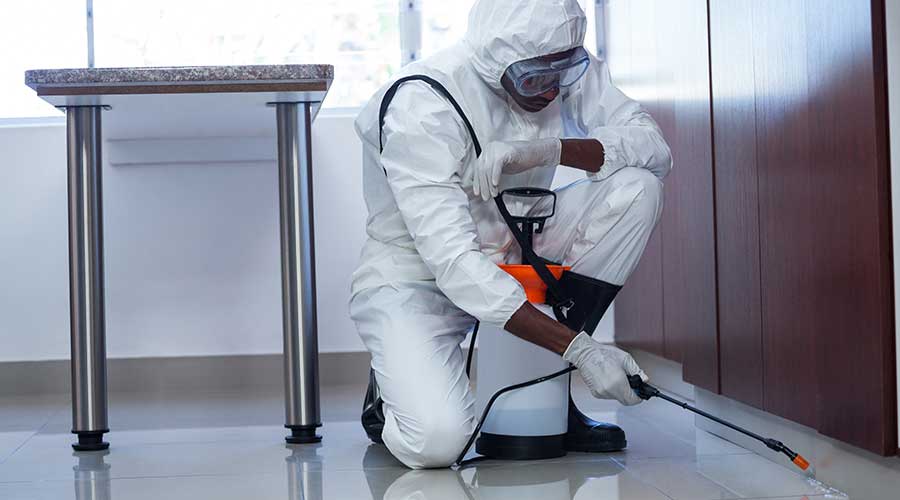It is no secret that hospitals and other healthcare facilities strive to keep a clean environment. Patients rely on a certain level of cleanliness in order to heal properly. If a pest infestation occurs, it can compromise the level of care that is provided to the patient. Pests are more than just a nuisance to deal with, too. Rodents, cockroaches, ants, flies and bed bugs are notorious for contaminating the environment and transmitting diseases to both employees and patients. If these creates are found, not only could it severely impact a facility’s reputation, but it can also put lives at risk.
It is important that facilities managers have a plan in place for if and when an outbreak occurs. Implementing a pest management plan requires cooperation from all employees, whether they work in facilities management or not. The smallest things like proper food storage and keeping doors closed all contribute to pest management within a healthcare setting.
“Pest infestations are typically focused in areas that provide the resources needed for survival,” says Jim Fredericks, senior vice president of public affairs, National Pest Management Association. “Food, water and shelter are necessary for pests too. Pest control professionals are trained in the biology and behavior of common pests, so it's best to find a pro who can develop an integrated pest management program that detects and manages pests across an entire facility.”
Different pests thrive off of different environments. For example, cockroaches are commonly found in places where there is human food and plenty of moisture, while mice like being near human food but don’t require moisture. Working closely with pest control professionals allows managers to create a comprehensive program that addresses the different areas that a healthcare facility needs to prioritize to ensure that an infestation doesn’t take place.
“Effective pest control in healthcare facilities requires a partnership between a licensed pest control company and a facility manager to implement an integrated pest management (IPM) plan,” says Fredericks. “This method of pest control focuses on three basic techniques: inspecting for pests, identifying pests and treatment by pest control professionals. IPM plans are most effective when managers take proactive steps to prevent infestations in their facilities.”
When it comes down to it, though, if a hospital or other healthcare facility does not have a pest management program in place they can lose their accreditation. Pests can transmit pathogens that cause human disease, contaminate food and destroy property. These plans provide managers the means to prevent and mitigate infestation regardless of when, where and how they appear.
Mackenna Moralez is the associate editor for the facilities market.

 UF Health Hospitals Rely on Green Globes to Realize Their Full Potential
UF Health Hospitals Rely on Green Globes to Realize Their Full Potential How Healthcare Facilities Can Be Truly Disaster-Resilient
How Healthcare Facilities Can Be Truly Disaster-Resilient TriasMD Breaks Ground on DISC Surgery Center for San Fernando Valley
TriasMD Breaks Ground on DISC Surgery Center for San Fernando Valley Bigfork Valley Hospital Falls Victim to Data Breach
Bigfork Valley Hospital Falls Victim to Data Breach AI-Driven Facilities: Strategic Planning and Cost Management
AI-Driven Facilities: Strategic Planning and Cost Management